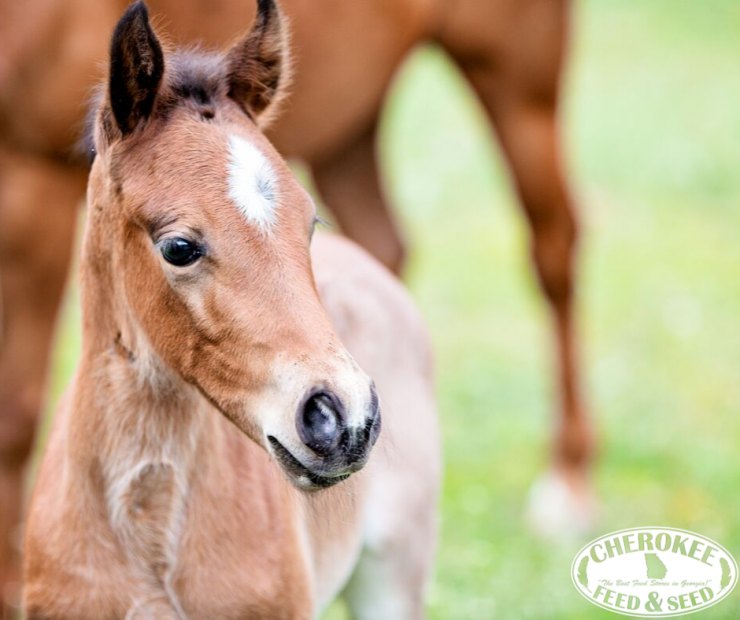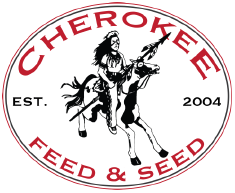 Your little one is getting bigger now so it’s time to start thinking about feeding your foal. As summer comes to an end, the baby you’re used to seeing has grown and become more independent. As their development changes, so does their nutrition. This can be a stressful time, both emotionally and nutritionally, but keeping these tips for weaning horses in mind can ensure a smooth transition and continued healthy growth. Not sure where to start? Don’t worry! Purina has given some great tips for feeding your foal. Check them out below.
Your little one is getting bigger now so it’s time to start thinking about feeding your foal. As summer comes to an end, the baby you’re used to seeing has grown and become more independent. As their development changes, so does their nutrition. This can be a stressful time, both emotionally and nutritionally, but keeping these tips for weaning horses in mind can ensure a smooth transition and continued healthy growth. Not sure where to start? Don’t worry! Purina has given some great tips for feeding your foal. Check them out below.
When to Wean:
If you’ve raised your foal since birth, you’re in a position to be well prepared for the next phase. Foals will start to show interest in feeds very early on and, by around two months of age, their mother’s milk will no longer supply all the nutrients needed for optimum growth. To continue this support, a foal should be offered a pound of properly-formulated feed per day. Also, since the foal is used to eating with their mother, try adding a feeding buddy. This makes them more comfortable and helps them adjust. Baby steps!
Best Feed for Weanlings:
It’s important to offer a high-quality feed specified for young foals. Young, growing horses have different requirements for protein, vitamins, and minerals than adult horses. In addition, a proper balance of high-quality proteins, calories, calcium and phosphorus is needed for correct muscle, bone and tendon development. Purina offers Ultium Growth, Omolene 300, Strategy GX, Equine Junior, and Enrich Plus. These are the top products that are guaranteed to aid success in your foal’s transition.
Tracking the Process:
Periodically weighing your little one or measuring with a weight tape are two great ways to get an estimate on how much they’re growing and developing. Using a height stick will give you another form too. As a general rule, foals should reach approximately 50 percent of their mature weight and 80 percent of their mature height by six months old. Keeping track of their growth is an important tip to monitor your progress.
Make Adjustments:
Prior to weaning, the foal is growing at a rapid rate of about 2-2.5 pounds per day. This growth gradually slows after the foal becomes a weanling horse—to about one pound per day as they approach 12 months of age. Therefore, the proportion of the diet as feed may not continue to increase, and may actually decrease, if forage quality is excellent. Routine evaluation of body fat cover, especially the amount of fat covering the rib area, will help determine when adjustments in feeding rates should be considered.
Stop by Cherokee Feed & Seed to talk to us about the next steps for your foal! To read more details from the Purina entire article, click here.
